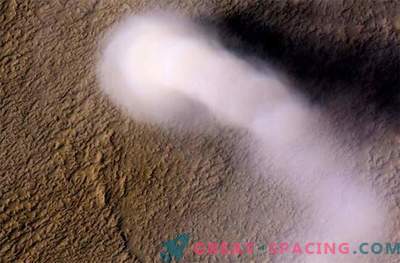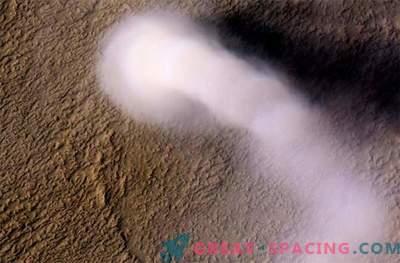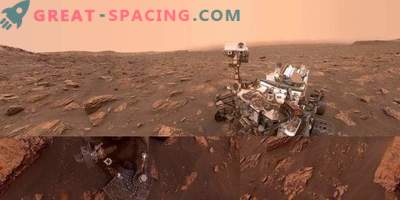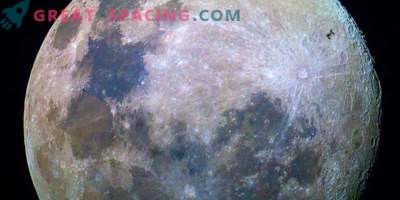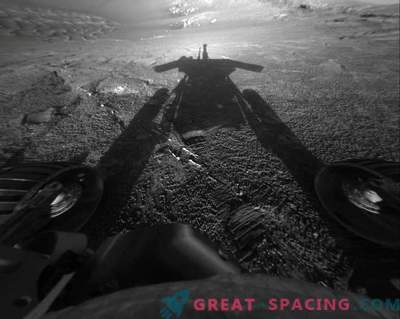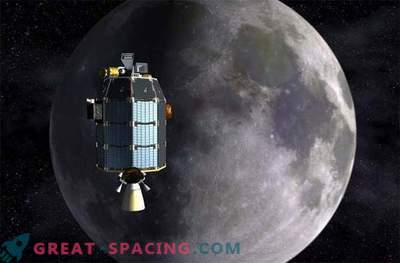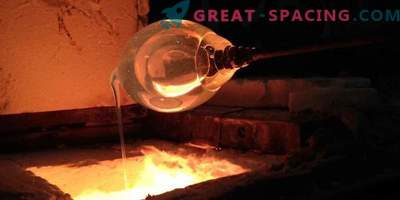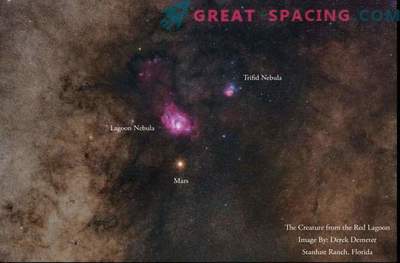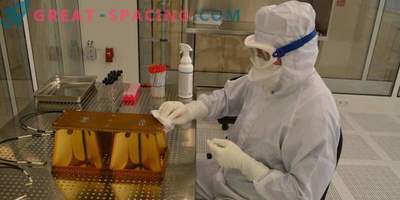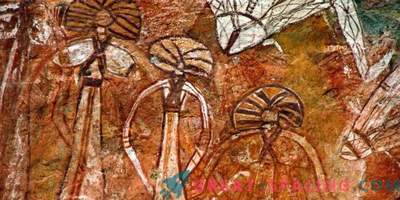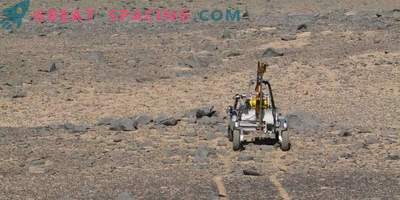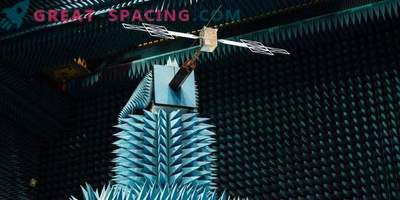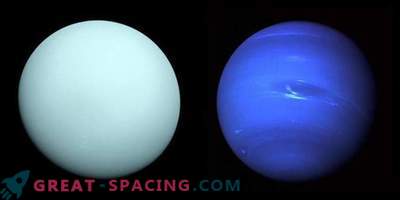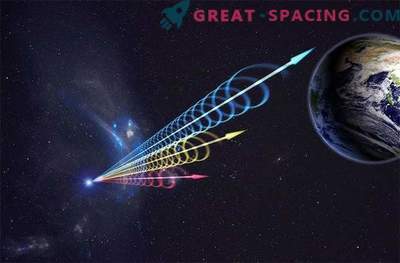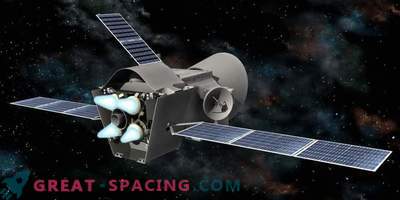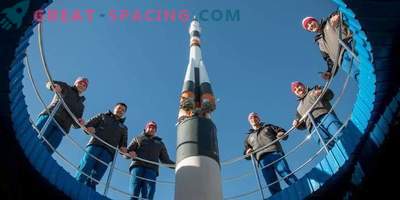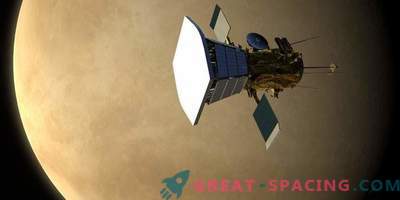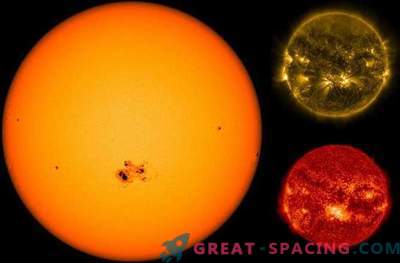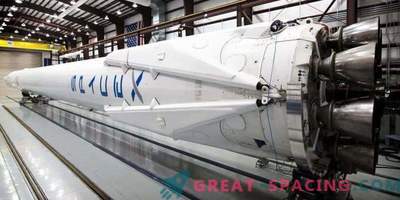
The material habitual to us, called terrestrial mud, on the Moon and Mars is called regolith. This dust accompanies you in any direction. Many do not know that dust has become a real problem for the Apollo lunar mission. The fact is that she clings to everything: mechanisms, space suits, shoes, clothes. Many astronauts observed coughing and irritation of the mucous membrane, due to accidental inhalation of lunar dust.
Now mankind plans to set foot on Mars and create a colony, but scientists headed by Professor Joel Levin remind that Mars seems to be an even more dusty little town. In 2017, Levin gathered a group of 100 scientists to discuss the situation with Martian dust. We have a large set of information thanks to missions to the Red Planet, but there are a number of problems that need to be solved before the first crew flight.
Water, oxygen and food can be provided by a powerful cargo rocket. There are many technologies for the creation of air, consisting in the processing of carbon dioxide in the Martian atmosphere. Frozen water is hidden under the surface, and food will be grown in artificial farms under the domes. But for radiation and dust will have to come up with something better. The Earth also encounters dust and storms, but there is a different picture on the Red Planet. Most of the Martian dust comes from one source - Mesusae Fossae. 45% pulverized regolith is represented by silicon dioxide. The surface of the planet is quite windy, and horizontal and vertical winds create mixed and uniform dust. The interaction of Martian winds, low gravity and other forces create conditions under which small particles are able to hang in the atmosphere almost infinitely.
Researchers insist on an active and thorough study of the chemistry, structure and composition of Martian dust. It is especially important to understand whether microbes are circulating in the dust, since this material will come into contact with people and will come to Earth one day. Several dust sampling methods are being considered for further study.
The researchers tried to consider the possible effects of Martian dust on human health. Making forecasts is difficult, because we still have little data. Scientists hope that future missions will help fill in the gaps. Characteristics of dust can affect the design of space suits and cleaning systems to enhance the protection of future colonists.
